The behavior of early-minted antibody-secreting cells (ASC) or plasmablasts post-infection or vaccination plays a pivotal role in the immune response. Traditionally, long-lived plasma cells (LLPC) from the bone marrow are regarded as non-dividing, while blood ASCs are thought to be proliferative. Traditional technologies that average bulk data or measure surface phenotype alone miss critical functional […]
Explore Infectious Disease Articles
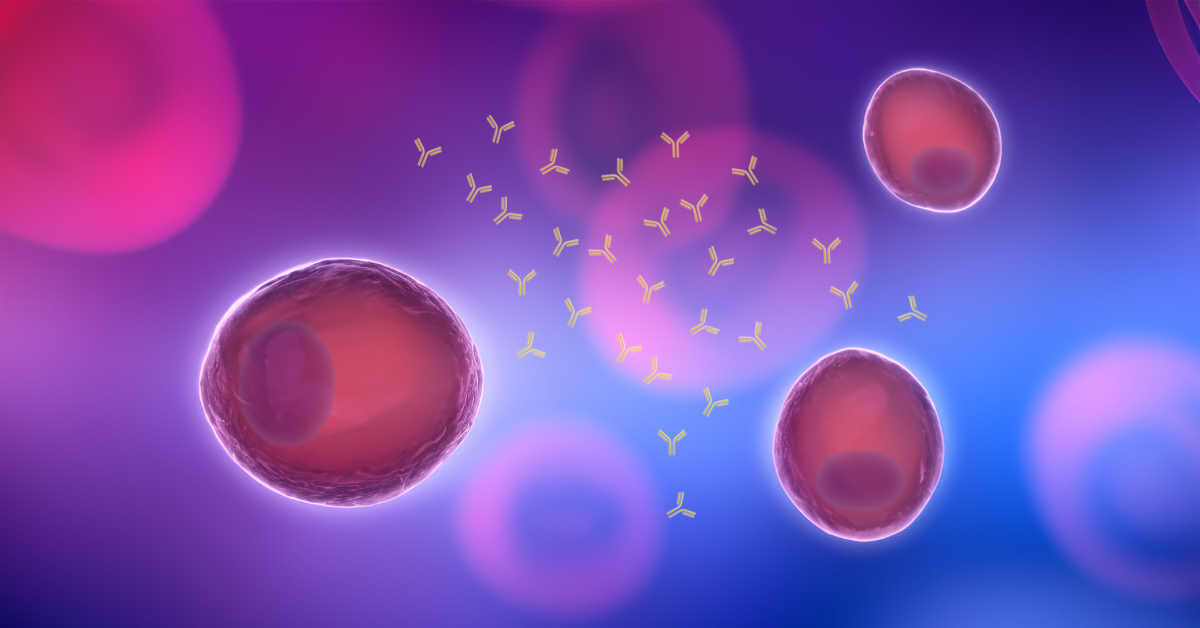
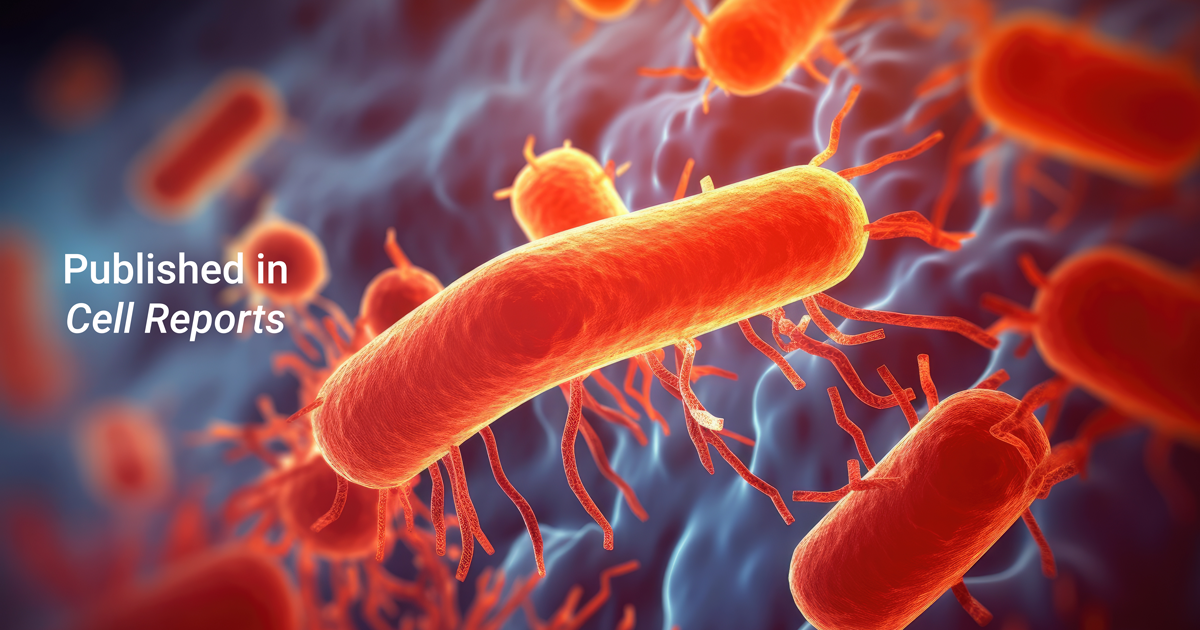
Developing vaccines and therapies against infectious diseases is a formidable task. To establish durable immune protection, a comprehensive understanding of the immune system’s response to infectious agents is essential. This involves immune monitoring to assess and predict protective responses, alongside monitoring cytokine levels for potential toxicities. Bordetella spp., respiratory bacterial pathogens, cause whooping cough—a persistent […]
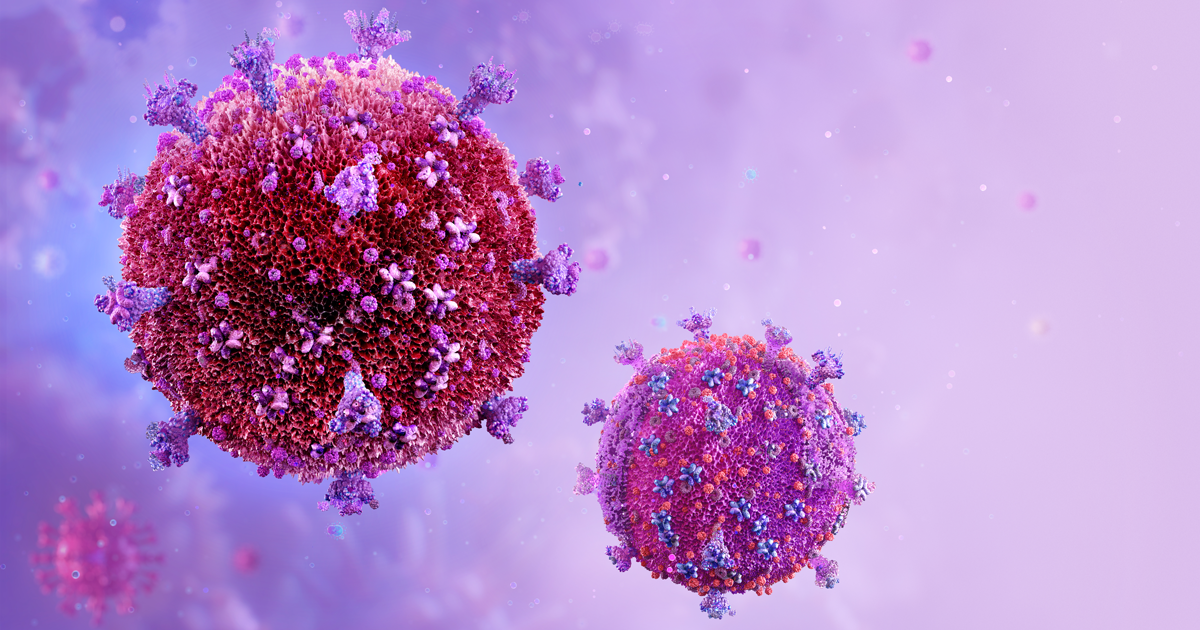
Recent investigations into the mechanisms of HIV vaccination have uncovered promising new information that sheds light on why some vaccine trials have failed to show efficacy. While preclinical studies in nonhuman primates have suggested that vaccine-triggered CD8+ T cells are effective against HIV, several trials of HIV vaccines targeted to induce CD8+ T cell activation […]
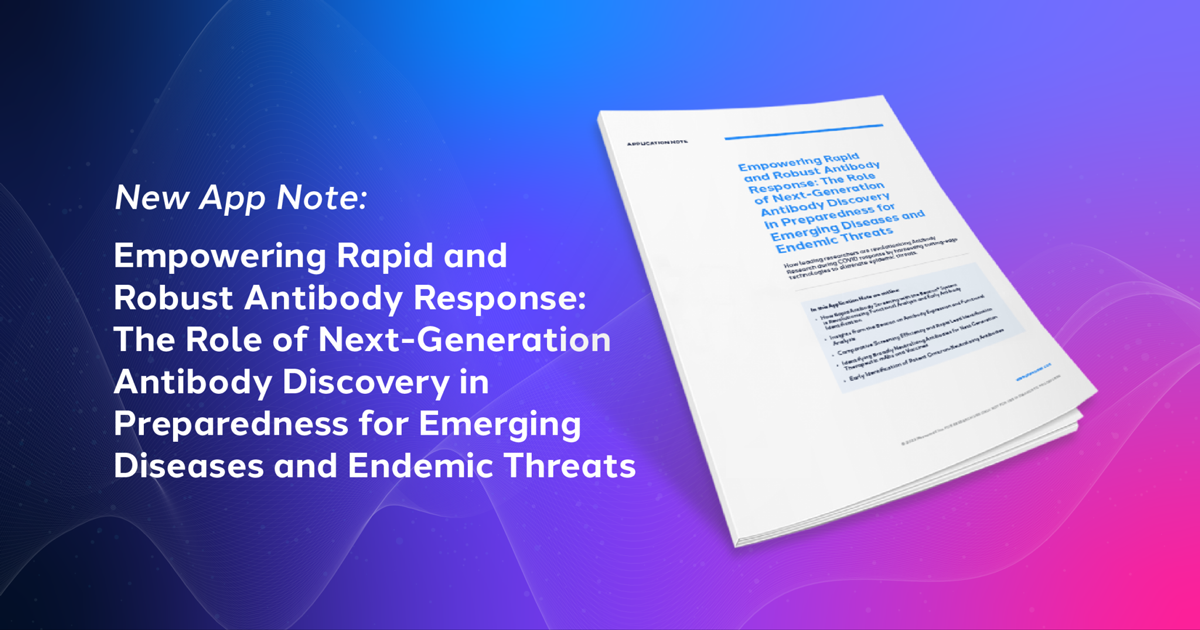
The world’s battle against emerging diseases and endemic threats demands rapid, effective solutions. The recent evolution of viruses like SARS-CoV-2 underscores the need for innovative antibody discovery methods that can keep pace with mutations. Introducing the Bruker Cellular Analysis Beacon® optofluidic system, a revolutionary tool that’s reshaping the fight against diseases. In our latest Application […]
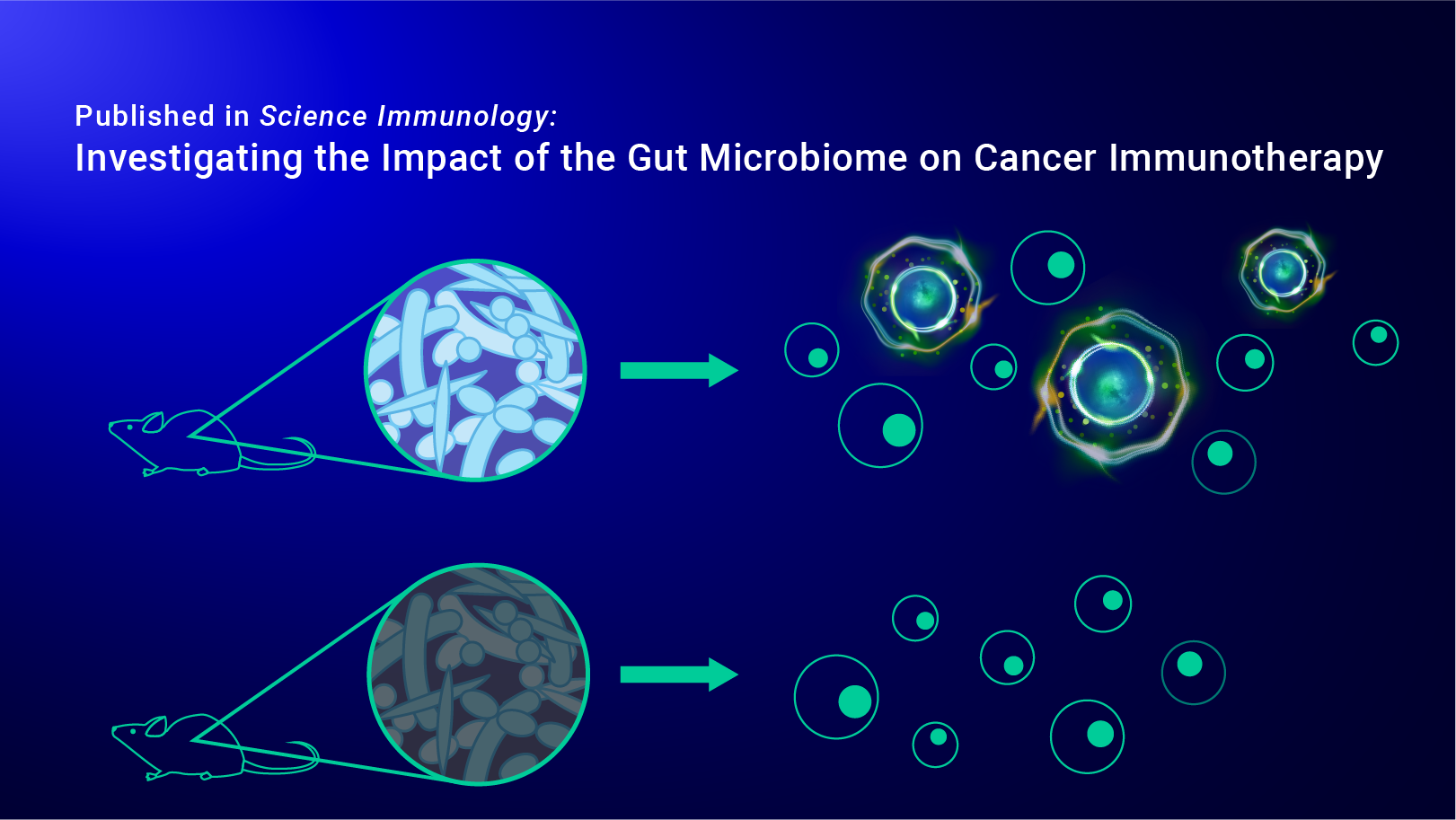
Immune checkpoint inhibitor therapy (ICT) is a form of cancer immunotherapy that specifically targets immune checkpoint regulators that tumor cells use to evade immune responses. Though ICT treatments have shown promising results in patients with previously “incurable” cancers, up to 50% of patients continue to remain unresponsive to the therapy. To identify the mechanisms driving […]
Biologics have immense commercial potential. However, developing successful candidates can feel like looking for a needle in a haystack. Research, development, manufacturing, and clinical testing are limited by substantial time and cost considerations. But what if you could identify a higher quantity of quality hits in a fraction of the time and with a fraction […]
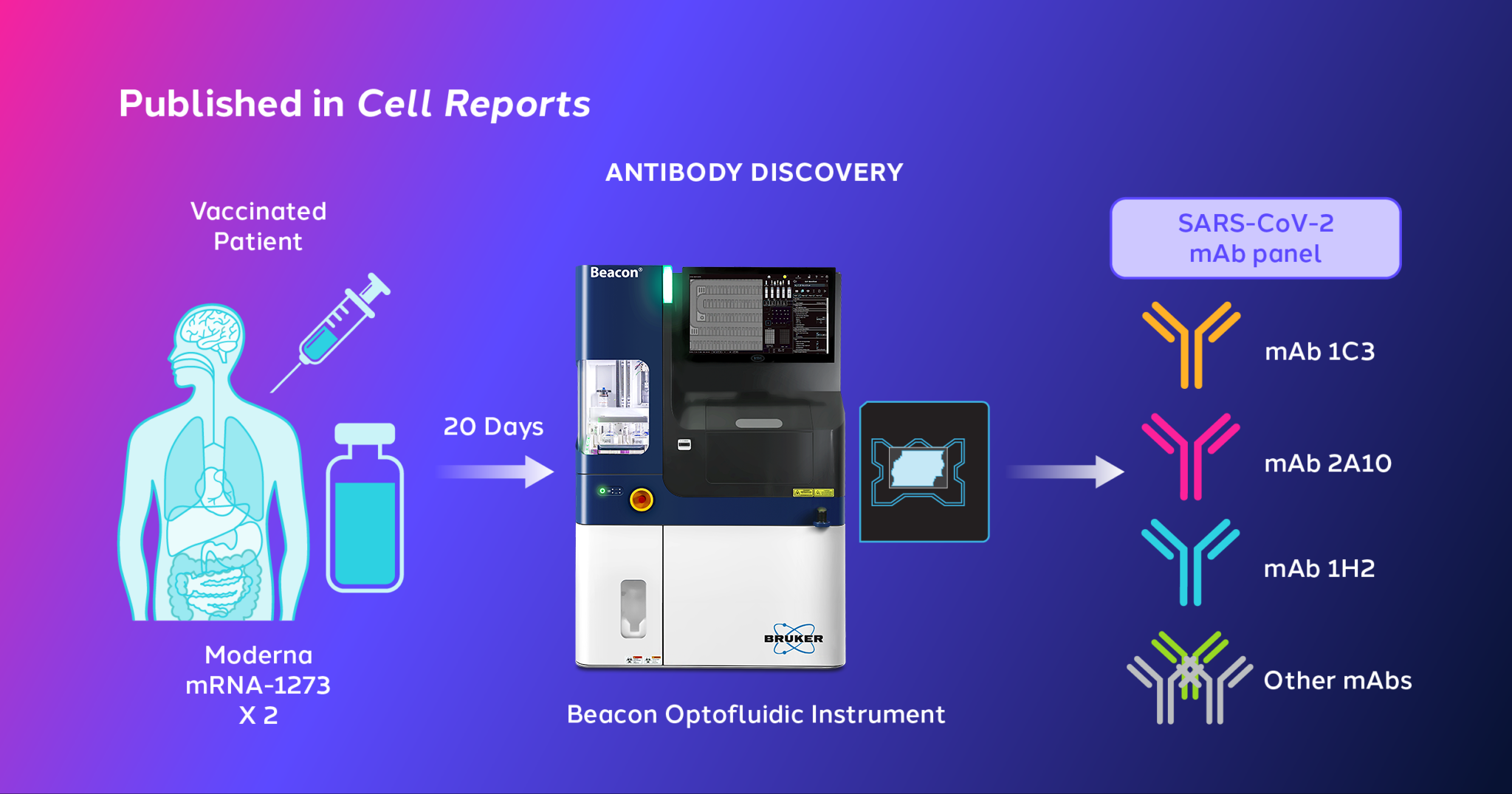
Monoclonal antibodies are a powerful weapon in the fight against pathogens. However, infectious diseases can quickly develop variants with increased transmissibility or deadliness. In order to keep up with these emerging variants, scientists must be able to quickly identify effective antibodies. The COVID-19 pandemic has been a prime example of this challenge. The SARS-CoV-2 virus […]

